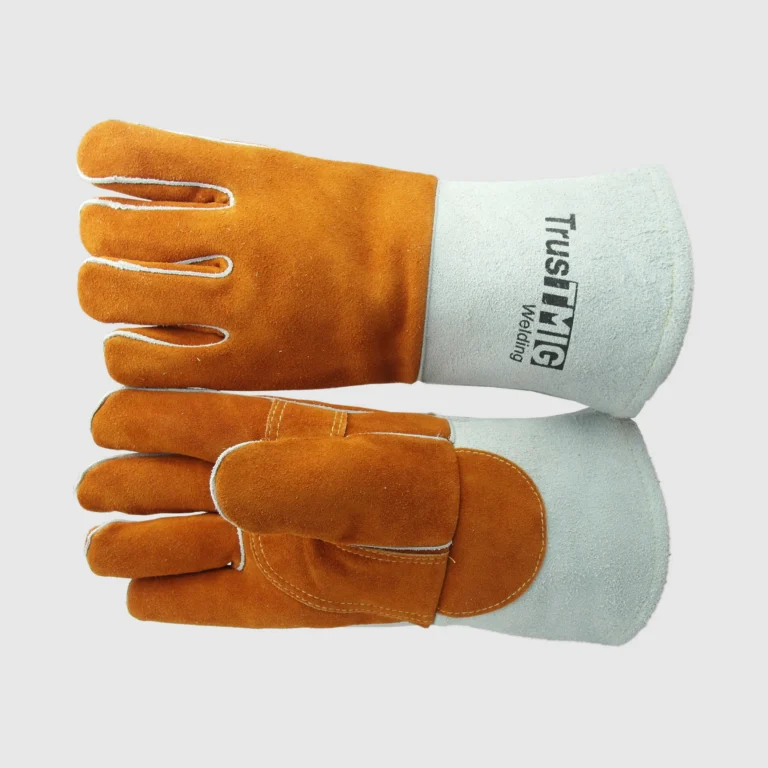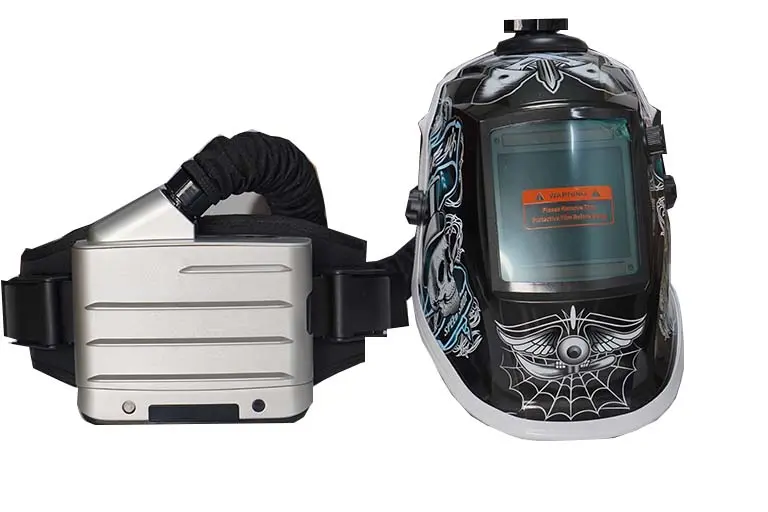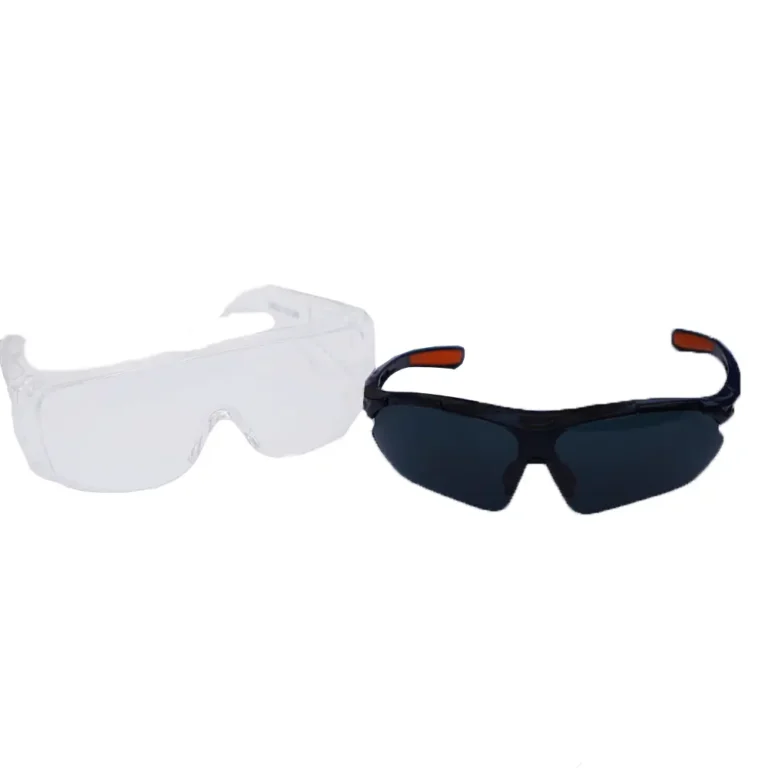Safety precautions when MIG welding

ALAND WELDING Let you feel the most sincere welding service
In today’s MIG welding operations, there are many potential safety risks, including risks of electric shock, fire and explosion, harmful gas emissions, eye and skin injuries, etc. These risks need to be reduced through the correct use of personal protective equipment, ensuring good ventilation, and following safe operating procedures. At the same time, the working environment must be kept clean and tidy to prevent accidents from happening. Operators should receive adequate training and remain vigilant to ensure safety and health during welding. Safety precautions when MIG welding.

Risk of electric shock safety precautions
The risk of electric shock in MIG welding is mainly because the welding process involves the passage of electric current, and a closed loop is formed between the welder, the welding machine, and the welding workpiece. This can lead to the following situations:
(1)Poor or failed grounding: If the welding workpiece is not properly grounded, or the grounding wire is broken or damaged, the welder may become a path for electrical current, resulting in an electric shock accident.
(2)Contact with electrodes or other conductive parts: Electric shock can also result if a welder accidentally comes into contact with a live electrode or other conductive part during operation.
(3)Misoperation leading to electric shock: Sometimes welders may be careless when operating welding equipment, such as touching the welding machine with wet hands or operating the switch incorrectly. Such misoperation may result in the risk of electric shock.
To reduce the risk of electric shock, here are some common safety measures:
(1)Ensure good grounding: Ensure that both the welding workpiece and the welding equipment are properly grounded to form a good closed loop and use dedicated grounding wires and grounding clamps.
(2)Wear appropriate personal protective equipment: including insulating gloves, protective shoes, goggles, and face shields.
(3)Keep away from water sources: Keep away from water sources when welding and avoid welding in humid environments.
(4)Avoid Wet Conditions: When operating welding equipment, avoid being in wet conditions to reduce the possibility of electrical current passing through your body.
(5)Follow safe operating procedures: Have a full understanding of the correct use and operation of welding equipment, and strictly follow relevant safe operating procedures and guidelines.


Fire and explosion risk safety precautions
The fire and explosion risks of MIG welding mainly involve the gases used during the welding process and contact with flammable materials. Here are some situations that can lead to fires and explosions:
(1)Gas leaks: MIG welding usually uses inert gases (such as argon) or gas mixtures as shielding gases. If a gas cylinder or connecting pipe leaks, gas may accumulate in the air and cause a fire or explosion if it encounters an ignition source.
(2)Proximity to flammable materials: When welding, flammable liquids, gases, or solid materials may be present nearby. If the welding operation causes sparks or high-temperature spatter, these flammable materials may ignite, causing a fire or explosion.
(3)Improper storage or handling of gases: Improper storage or handling of gas bottles can also cause fires or explosions. For example, if a cylinder is severely squeezed or subjected to extreme heat, it could cause the gas to leak or even explode.
(4)Static discharge: During the welding process, static discharge can also cause a fire or explosion, especially when working with flammable gases or liquids, which can ignite the gas or liquid.
To reduce the risk of fire and explosion, the following measures can be taken:
(1)Correct use of gas: Use appropriate inert gas or gas mixture, and make sure there are no leaks in the gas bottle and connecting pipes.
(2)Maintain a clean work environment: Make sure there are no flammable materials around the welding area and keep it clean to reduce the possibility of fire.
(3)Store gas cylinders safely: Gas cylinders should be stored vertically and fixed on a stable bracket to avoid being affected by compression or high temperatures.
(4)Ground welding equipment: Make sure your welding equipment and workpiece are properly grounded to reduce the possibility of electrostatic discharge.
(5)Use explosion-proof equipment: When welding in a flammable environment, use explosion-proof equipment and tools to reduce the risk of fire and explosion.


Welding fumes and harmful gases safety precautions
The welding smoke and harmful gases involved in MIG welding mainly come from the reaction products of molten metal, welding materials and shielding gas during the welding process. These fumes and gases may pose health risks to welding workers. Here are some possible hazardous materials and associated risks:
(1)Metal oxides: During the welding process, metal materials melt at high temperatures, producing aerosols and smoke, including various metal oxides, such as iron oxide, chromium oxide, etc. Inhaling these oxides may cause respiratory tract irritation, coughing, wheezing and other respiratory problems.
(2)Carcinogens: Welding smoke may contain some carcinogens, such as compounds of chromium, nickel, cadmium and other metal elements. Long-term exposure to these substances may increase the risk of cancer.
(3)Carbon Monoxide: During MIG welding, carbon monoxide may be produced due to incomplete combustion, especially if there is grease or coating on the surface of the welding material. Inhaling carbon monoxide can cause poisoning and even be life-threatening.
(4)Nitrogen oxides: Nitrogen oxides are another harmful gas produced during the welding process. They have an irritating effect on the respiratory system and may cause breathing difficulties and lung disease.
To reduce the health effects of welding fumes and harmful gases, the following measures can be taken:
(1)Good ventilation: Ensure that the welding area has a good ventilation system and use local exhaust devices where necessary.
(2)Wear masks and respirators: Welders should wear appropriate masks or respirators to prevent inhalation of harmful gases and fumes.
(3)Reduce the generation of welding fume: Choosing appropriate welding parameters, cleaning the welding surface, and using low-spatter welding methods can reduce the generation of welding fume.
(4)Regular health checks: Welders should undergo regular health checks as well as early detection and treatment of any health issues related to the welding process.

Risk of eye and skin injury safety precautions
The risk of eye and skin injuries during MIG welding is very real because of the intense light, ultraviolet radiation, and hot metal sputters produced during the welding process. Here are some conditions that can cause eye and skin injuries:
(1)Intense light and UV radiation: The arc produced by MIG welding emits intense light and UV radiation, which can damage the welder’s eyes. Prolonged exposure to bright light and UV rays can cause eye strain, burns, and even permanent eye damage.
(2)Hot metal spatter: During the welding process, molten metal may sputter out, and these metal particles may land on the welder’s skin. Hot metal splashes may cause skin burns or scalding.
(3)Smoke and gas irritation: The smoke and harmful gases generated during the welding process may also cause irritation and discomfort to the eyes and skin, especially long-term exposure to these harmful substances may cause eye and skin problems.
To protect eyes and skin, welders can take the following steps:
(1)Wear goggles and face shields: Welding workers should wear goggles and face shields that meet safety standards to protect their eyes from strong light, UV radiation, and metal sputtering.
(2)Wear appropriate protective clothing: Welders should wear long-sleeved clothing and pants, as well as fire-resistant, heat-resistant welding clothing to protect their skin from hot metal splashes.
(3)Maintain a safe distance: During the welding process, maintaining a safe distance can reduce the exposure of your eyes and skin to bright light, hot metal spatter, and harmful gases.
(4)Regular breaks and inspections: Welders should take regular breaks to reduce eye and skin fatigue, and regularly check their eyes and skin for any abnormalities.


Summarize
MIG welding is a common welding method, but it comes with several risks. Operators may face risks of electric shock, fire and explosion, release of harmful gases and smoke, and injuries to eyes and skin. To reduce these risks, strict safety measures must be taken, including the proper use of personal protective equipment, ensuring the safety of equipment and work environments, and providing appropriate training and education. Comprehensive consideration and strict implementation of these measures can best protect the safety and health of operators.
Articles you may be interested in:
Introduction To TIG Welding Machine
Learn More About Resistance Welding
Difference Between MIG And TIG Welding
A Must-read For Newbies: GTAW Welding
Ac Dc Tig Welding Comparison Instructions
Basic Knowledge Of Welding Procedure Qualification
Pipe Welding Methods—-A Must-read For Newcomers
Main Operating Points Of Ordinary MIG Aluminum Welding
Safety Operating Requirements For Electric Welding Operations

